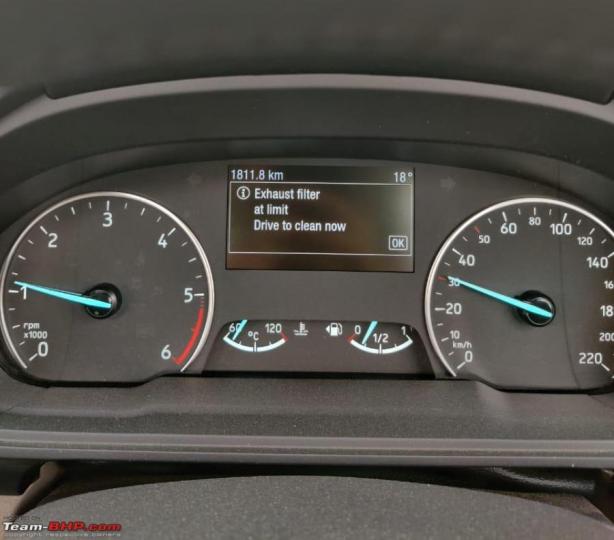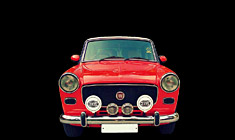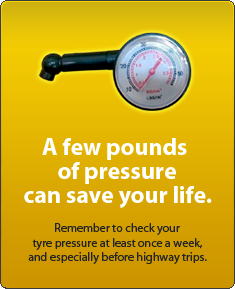News
Understanding DPF, SCR & AdBlue terminologies in diesel cars
If you use the car only for short distances all the time and never let the engine warm up or idle it anytime, then the DPF gets clogged over time and this will result in certain escalations.
BHPian audioholic recently shared this with other enthusiasts.
Given the limited resources I have, here are some brief notes on certain things
DPF
Is a particulate filter as the name goes, and is used to reduce the pollution caused by soot in the diesel exhaust. Diesel engines have a smoking problem as we all know and to prevent this, the DPF concept was introduced many years ago and that would be essential for Euro 5 and later. The DPF will store soot particles in its pores, and when its temperature increases, these soot particles are completely burnt or oxidised to carbon dioxide. The increase in temperature is derived from the increase in exhaust temperature which happens when we use the car for longer distances. Sometimes when this is not possible, at least if the engine is idling for some time, a few manufacturers artificially raise exhaust temperature by injecting diesel into the exhaust. If both these conditions are not possible, i.e., you use the car for short distances only, all the time and never let the engine warm up and neither idle it anytime, then the DPF gets clogged over time and this will result in certain escalations.
SCR
Selective Catalytic Reduction is a separate component from the DPF in most applications, at least functionally if not physically. SCR is used to reduce Nitrogen (Di) oxide emissions from diesel engines which is again harmful. This is done by spraying Adblue (ammonia) over a material inside the SCR periodically. When the NOx gases pass through this material, the NOx gets converted to Nitrogen and Water vapour which is harmless to the environment. For this, the consumption of Adblue varies based on the consumption of fuel though its rate of consumption is lesser than the fuel consumption rate.
LNT
Lean NOx Trap is an alternative to SCR as mentioned above, but suitable for smaller engines. That is why in our market, it is mainly used in engines less than 2000cc in displacement. While there is no Adblue needed in this mechanism, to my best of knowledge it uses some of the diesel itself to regenerate over time and get the same reaction as an SCR system. However, it is not as effective as the SCR. But it is less complex and can be used in smaller setups.
Now, after one is clear with the above three terms, the next topic is what your car has.
- Example 1: The Innova has a DPF + SCR system on it. Adblue is needed.
- Example 2: The Kia Seltos has a DPF + LNT system on it. Adblue is not needed.
IIRC there is no car less than 2000cc in India with an SCR, and vice versa for LNT. However some of the bigger engines can use a combination of DPF + SCR+ LNT (especially trucks) since their exhaust emissions are higher and of course, much more complex.
Regarding topup of Adblue it depends. During ideal conditions, the consumption of Adblue is dependent on the usage which I havent figured out. In my Innova it is supposed to last 10k kms whereas it lasted around 7.5k kms. Since you get warned about its level very much in advance, there is practically no situation where you would be stranded somewhere. If you do not top-up adblue, and completely run out of it, then the engine would not start once you turn it off after the Adblue goes empty. So even if you ever end up in this situation, better not turn off the engine and instead, drive down to a place where you can get Adblue. Well, you have 2400kms from the first warning till empty, so I can't imagine someone ignoring the warning for so long.
Regen as I had mentioned earlier, is these systems refreshing themselves. Regeneration can happen without you noticing it, like say you are driving on the highway, or in the city at a moderate speed continuously. The DPF gets hot and gets cleaned, while the LNT also purges itself clean. But the SCR does not need any regeneration as it's a continuous process and does not depend on external conditions.
When are you in trouble with regen is when you never give the DPF a chance to do it itself. Let's say I take out the Innova to nearby errands, and the engine always runs cold before I switch it off. There will be soot generated and stored in the DPF. And the DPF would wait until it reaches a certain level of concentration. Once that passes. It would warn the user to perform regeneration. If the user still ignores it, it would reach a point where the DPF is excessively clogged, and the service centre would have to do a regen somehow. The more frequently you end up in this situation, the worse it gets for the DPF.
How to Regen as I mentioned earlier, depends on the vehicle. Some manufacturers warn you that a regen is required, and you have to drive with consistent throttle input (read as moderate to high engine speeds) so that the exhaust temperature can raise to the required level. Other manufacturers provide a switch, which will trigger regeneration and you just leave the engine idling. In the Innova, I can recognise whenever the DPF is regenerating by an increase in idling speed and the MID will show a drop in fuel economy. This will happen once around 150-200kms and will last for 5-10minutes if left at idle. While driving it would last for 5 minutes only and during this time, I avoid turning off the engine. If I inevitably turn off the engine, it continues next time I start the engine, again very noticeable through the change in idle speed. So far I have let it happen, and it has never prompted me to manually regen anytime till now.
So are diesels unsuitable for city use? Not exactly. They are unsuitable for short hops, especially when you never get to use it longer, at least once in 100 km. It's okay to use it for errands today, and then tomorrow, to go to office around 10 km away and it would just be fine. Also, if you are running the engine cold, then it is good to be easy on the throttle and in case of a manual transmission, never LUG the engine (which causes excess diesel to be injected and unburnt). That will be completely fine.
Here's what BHPian chiranjitp had to say on the matter:
Very informative post BHPian audioholic, thanks for sharing, clears a lot of doubt regarding BS VI diesel engines. One question from my side, how long can we expect these additional filters to last without needing replacement? Will they last the lifetime of a vehicle, like a catalytic converter, if maintained properly?
Slight correction, Bolero BS VI has a SCR based system & it is powered by a 1.5 litre 3 cylinder diesel engine.
A screenshot from a YouTube video:
Link to the YouTube video.
Here's what BHPian ashwinprakas had to say on the matter:
Picked up a D75 Bolero recently and it comes with DPF and DEF, having read the owner's manual my understanding is that as long as there is decent enough exhaust velocity and heat the DPF regenerates, which kind of makes sense considering it is in line with the Ethos of the Italian Tune Up.
But if by chance we don't get to open her up due to lack of use or a decent highway nearby there's a Regeneration Mode we can set the car to run in, all you need is an open parking and a couple of minutes as once the Regeneration Mode is active the car takes over and does its job while we let it idle till the process completes on its own.
Truth be told I didn't give it much thought as the manual was self-explanatory and only thought about it after spotting this thread.
Only reason for concern I felt is that as per the manual the car would throw an error if the DEF isn't of the prescribed concentration when poured in, which from user experience would need a refill with anywhere from 8 - 10k km's depending on use.
P.S. Just recalled, not filling DEF or not regenerating DPF would send the car into limp mode, after duly warning the driver via the MID of course.
Check out BHPian comments for more insights and information.
- Tags:
- Indian
- Member Content
- diesel cars




















